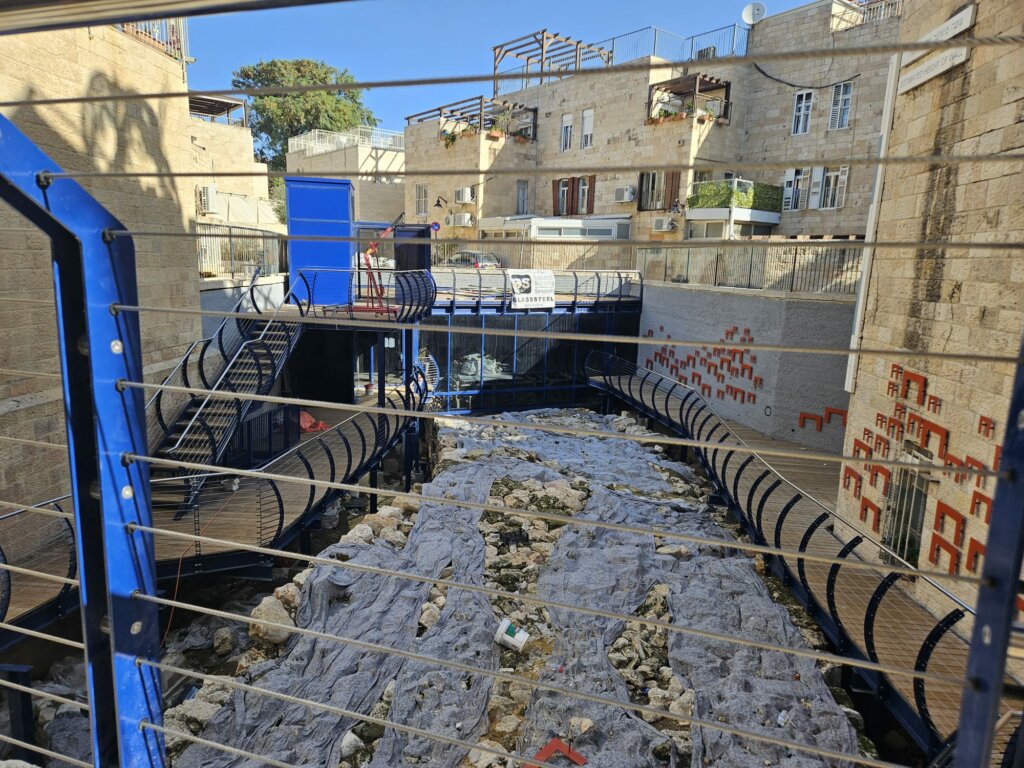“A new study of DNA extracted from the bones inside Pompeii’s famous plaster casts has largely debunked long-held assumptions based solely on the physical appearance and positioning of the casts.”
The Pompeii Archaeological Park is now limiting the number of daily visitors to 20,000 and using timed personalized tickets with the visitors’ full names.
In a new program sponsored by Airbnb, some tourists will be chosen to participate in a mock gladiatorial fight inside Rome’s Colosseum.
An amulet depicting the “prophet Solomon” was discovered in Karabük, Turkey.
The earring holes on King Tut’s famous golden mask indicate that it was originally created for a female or child.
“Scientists at Chicago’s Field Museum are studying Egyptian mummies using a mobile CT scanner.”
Ellie Bennett tells the story of one of the “Queen of the Arabs” mentioned in Assyrian inscriptions.
“On Sunday, November 17, 2024, from 10:00 AM to 4:00 PM, followed by a keynote from 6:00-7:30 PM, the George Washington University Department of Classical and Near Eastern Languages and Civilizations & the Capitol Archaeological Institute will co-host an international symposium focused on the Amarna Letters, a collection of 14th-century BCE diplomatic correspondence which offers a rare insight into the political dynamics of the ancient Near East.” Register here for the full day, or here for the keynote.
Virtual tour on Nov 20: “Rome’s Legendary Emperors: Nero, Hadrian, and Constantine”
Available for preorder on Logos: Archaeology and the Ministry of Paul: A Visual Guide, by David A. deSilva ($28). This is the first of three planned volumes.
New release: The Labors of Idrimi: Inscribing the Past, Shaping the Present at Late Bronze Age Alalah, by Jacob Lauinger (SBL Press, $58-$78; open-access ebook).
New release: The Archaeology of the ‘Margins’: Studies on Ancient West Asia in Honour of Peter M.M.G. Akkermans, edited by Bleda S. Düring and Jo-Hannah Plug (Sidestone, €15+; read online for free)
Barbara Aland, former director of the Institute for New Testament Textual Research, died earlier this week.
Dan Diffendale has posted many thousands of photos, organized by albums on Flickr. He has written a short guide to using them.
“Biblical Field Studies are funded study trips to biblical sites in Turkey for Bible scholars and teachers in the Majority World. The program is designed to equip Christian teachers and professors who work in the Majority World by introducing them to the geographical, historical, and social contexts of early Christianity. The 2025 trip (June 11–18, 2025) will visit the sites related to the Seven Churches of Revelation and the Seven Ecumenical Councils.”
There will be no roundup next weekend. If you will be attending ETS or SBL, stop by the BiblePlaces booth and say hi.
HT: Agade, Gordon Franz, Arne Halbakken, Mark Hoffman, Ted Weis, Wayne Stiles, Paleojudaica
